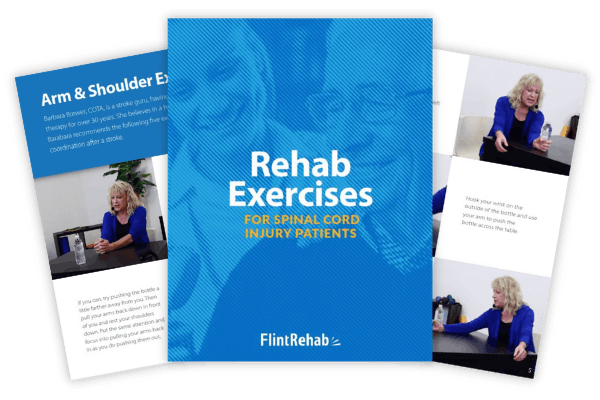No products in the cart.
No products in the cart.
No products in the cart.
No products in the cart.
Discover more about SCI recovery in these subcategories:



Grab a free rehab exercise ebook!
Sign up to receive a free PDF ebook with recovery exercises for stroke, traumatic brain injury, or spinal cord injury below: